

It feels really very exciting when you make reading and travelling your hobby. And believe me then only you will be able to co relate the things.
One fine day, I was reading a pdf file of Odisha Govt. and I came to know about a place called Kuruma, an ancient Buddhist site. I decided to go to that place to explore more. This site is located 8.6 kms to the south-east of the famous Sun Temple at Konark in the district of Puri, Odisha. First, you have to go to famous Sun Temple Konarka. From there you just move on to Balidokan, which is just 7.3 km on Konarka-Kakatpur road.

From Balidokan square, just turn left to go to Kuruma, which is 1.3 km from there.



The Dharma Pokhari or the Pond of Dharma is located nearby the site.

Prior to this excavation, a stone slab containing the beautiful figure of Buddha was lying on the bank of this tank. Later on, this image was replaced and enshrined in a newly built shed. Besides the Buddha image, other two images were found near the tank as they were placed by the side of the said image. One of these figures is identified with ‘Heruka’. Local people call this image of Buddha as ‘Dharma’ (the Sun God ) and image of Heruka is named as ‘Jama’(the God of Death).

Therefore, some people also named this village as JamaDharama.

The beautiful Buddha image depicted on the stone slab is unique of its kind in whole Odisha. Here Buddha is seated cross-legged with right hand in Bhumisparsa mudra while the left hand placed over the left knee. A profusely carved necklace is adorning the neck of the image. The image wears a beautiful crown which is unique in nature.

The Avalokitesvara image is seated on a lotus. The petals of the flower is well carved. The lotus seat or padmasana is over an apron of the height of 10". The height of the stone slab containing the image is 7' and its breadth is 3'.

Originally all the idols were kept under a small shed but now a small temple was made where all the idols are present.


Some Archeological Findings
The trial excavation of the site at Kuruma was conducted by State Department of Archaeology in 1974–75.

The excavation was carried up to the average depth of 3 meters. Contemporary brick structures of the average size of 4.25 meters in length and 1.85 meters in height have been recovered from the two trenches.

In the above picture, you can also see a small triangular space on walls to keep lighted lamps or items (kana machha /kantha kura /thana. this is the place where actually the statue of Buddha was kept.


The Prayer Hall or ChaityaGriha.
A chaitya is a Buddhist shrine or prayer hall with a stupa at one end. In modern texts on Indian architecture, the term chaitya-griha is often used to denote an assembly or prayer hall that houses a stupa.

The steps of the excavated monastery are relatively small and we can think that this school of Buddhism may be for small children. Also as a science student, I can think in alternate way. Small steps helps in Energy Conservation. This energy you can utilize in other various works.


An ancient brick wall measuring 29 meters in length was exposed in the western side of the mound. This brick wall consists of 7 layers of brick of the average size of 22 x17 x 7 cm. The composition of the two common layers underlining the structure are mostly of hard clay and brick bats. After digging up to the depth of 2.49 meters, three ovens, rectangular in shape were discovered in the ground level. The discovery of such ovens in one place probably indicates the habitation area of the concerned period. The antiquities recovered are mainly pottery of red ware and beads. The present findings have been tentatively assigned to c. 9th/10th century A.D.
Debala Mitra informs that the place name 'Kuruma' reminds of the 'Kuruma Stupa' of Odradesha illustrated on the manuscript No1643 (dated 1015 A.D.) of the Cambridge University Library.
Also lot of coins, beads, seals and palm leaf manuscripts were also found during excavation.






Jayadeba (born around - 1170 CE), also known as Jaideb, was a sanskrit poet during the 12th century. Born in a brahmin family, he is most known for his epic poem Gita Gobinda. This text depicts the divine love of Krishna and his consort, Radha. This poem, which presents the view that Radha is greater than Hari, is considered an important text in the Bhakti movement.
A Brahmin by birth, he was born in the village of KenduliSasan in Odisha. From temple inscriptions it is now known that Jayadeba received his education in Sanskrit poetry from a place called Kurmapataka, possibly near Konarka in Odisha.
it has been widely accepted that Jayadeba had a formal education in this school. Also Jayadeba had been a member of the teaching faculty of the school at Srikurmapatak, where he gained experience in composition of poetry and music and in dancing.
The inscriptions of Lingraj temple, Bhubaneswar, Madhukeswar temple at Mukhalingam and Simhaachalam, AP reveals such things. Intrestingly, these inscriptions were read by Dr. Satyanarayan Rajaguru who is considered as the Pitamaha Bhisma of historians and linguists of Orissa. Now are this Kuruma and Srikurumapataka are same Well it is widely accepted that both are same.
Kuruma is much more important for its strategic location, due to its proximity to Konark. Not only it is important from archaeological angle but also from tourism point of view. But one thing still makes me curious that really Kuruma or Srikurmapataka have some relation with the Black Pagoda - KONARKA... if yes then what???

By Ashish Sarangi
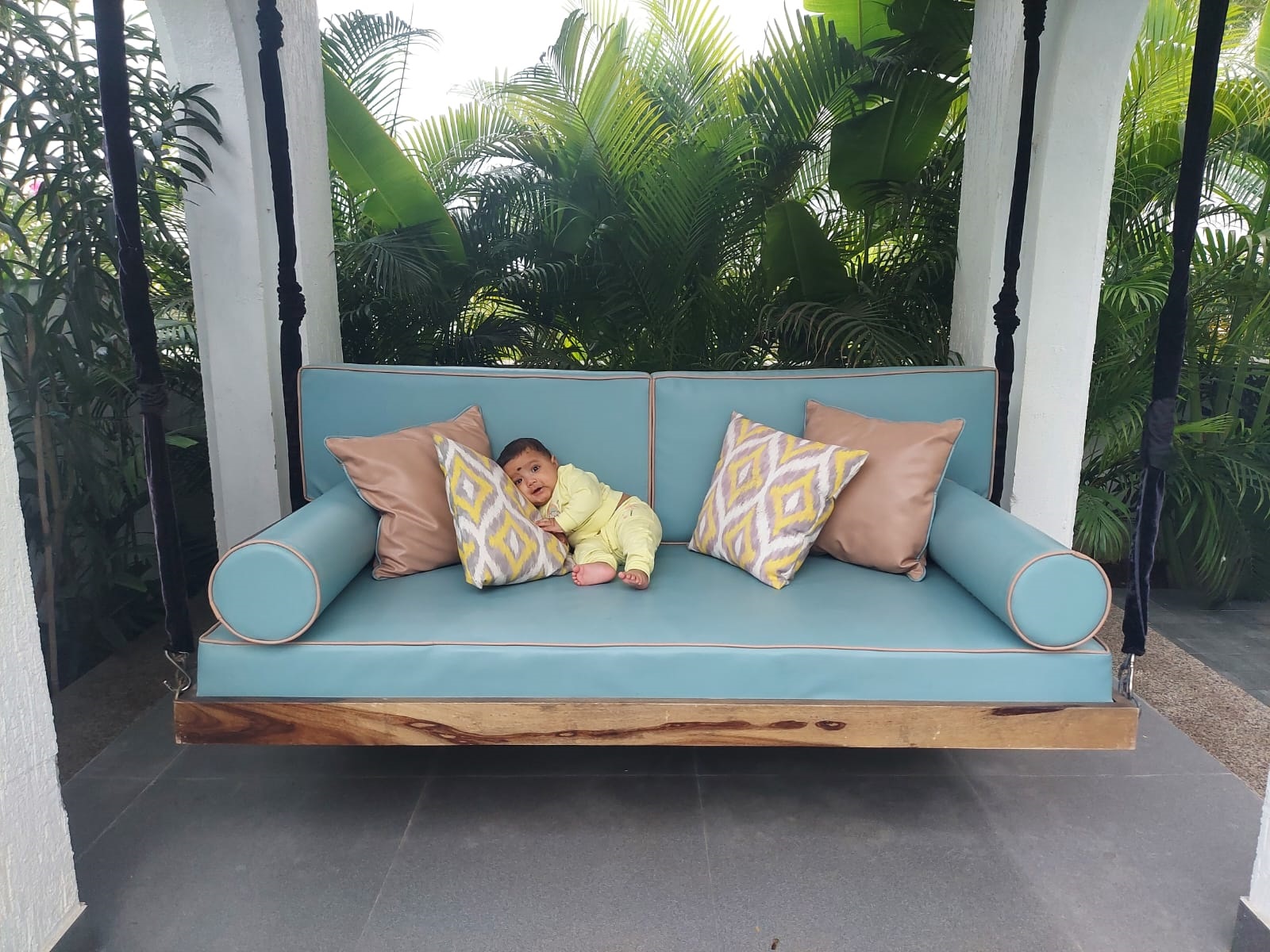
Son, sand and sea: Creating a lasting memory
06 May 2024
The soul food of Odisha
19 Mar 2024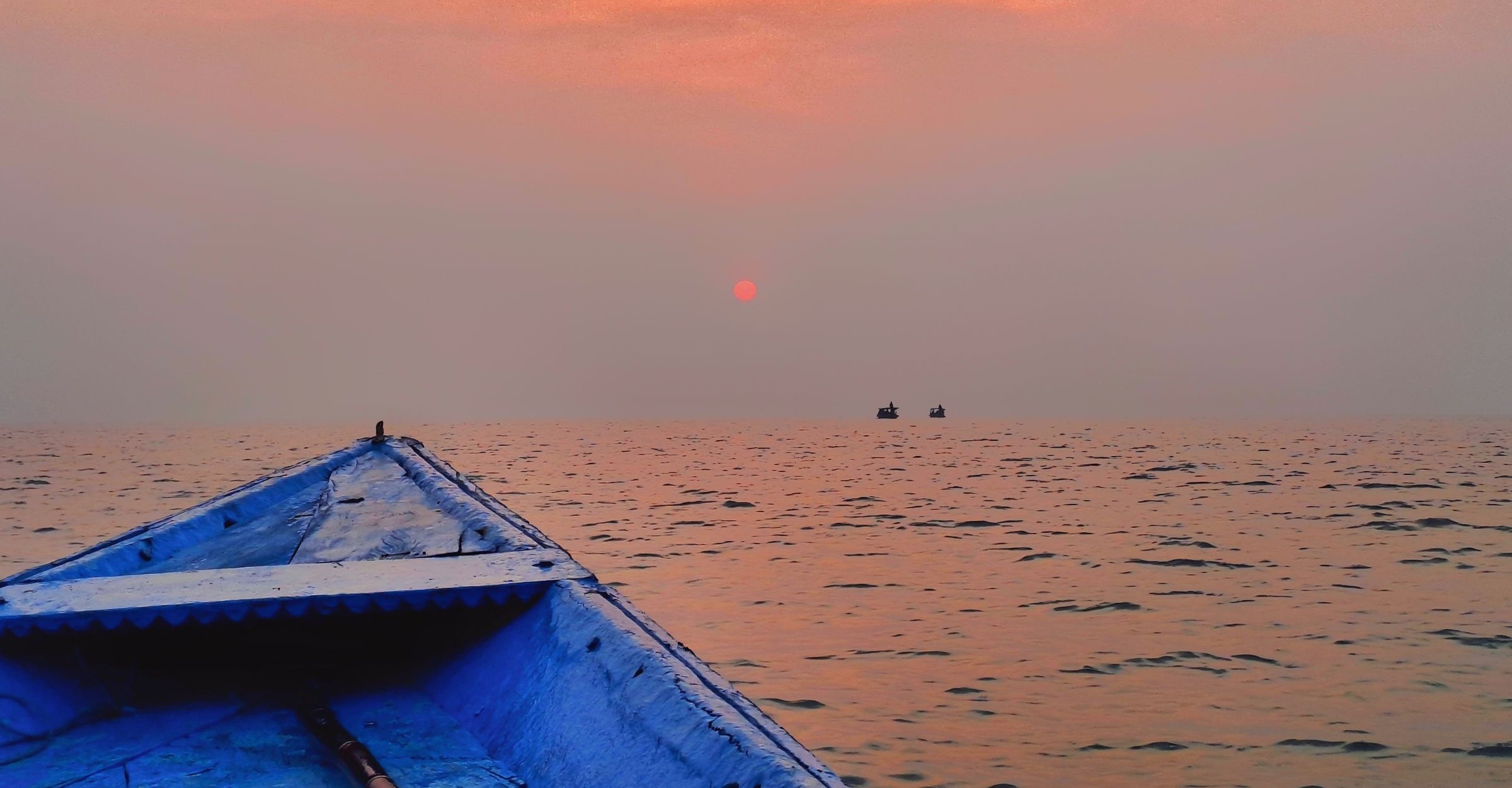
CHILIKA ODYSSEY : EXPLORING THE RICH AVIAN ...
14 Feb 2024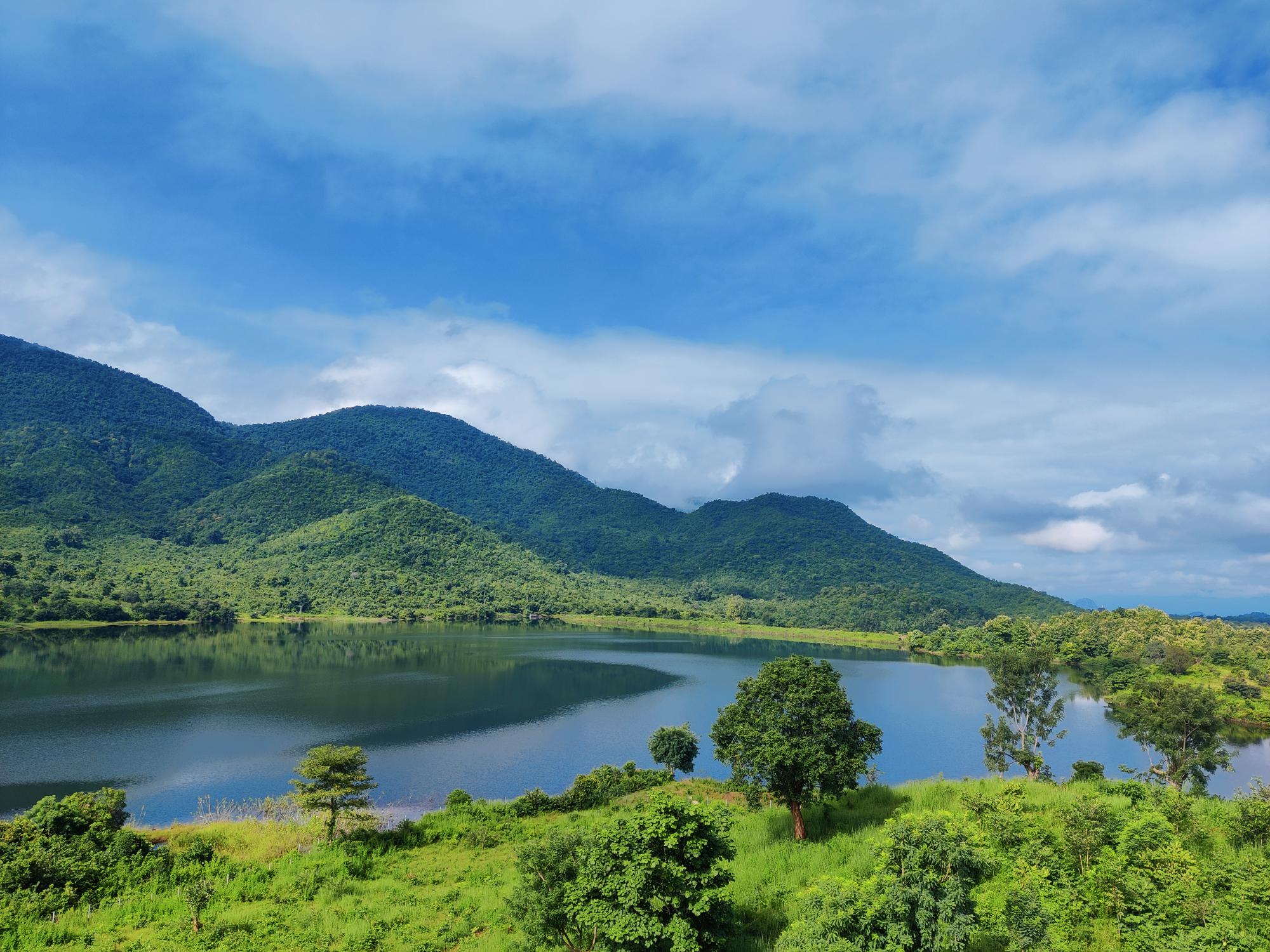
RABANDHARA ECO TOURISM
08 May 2023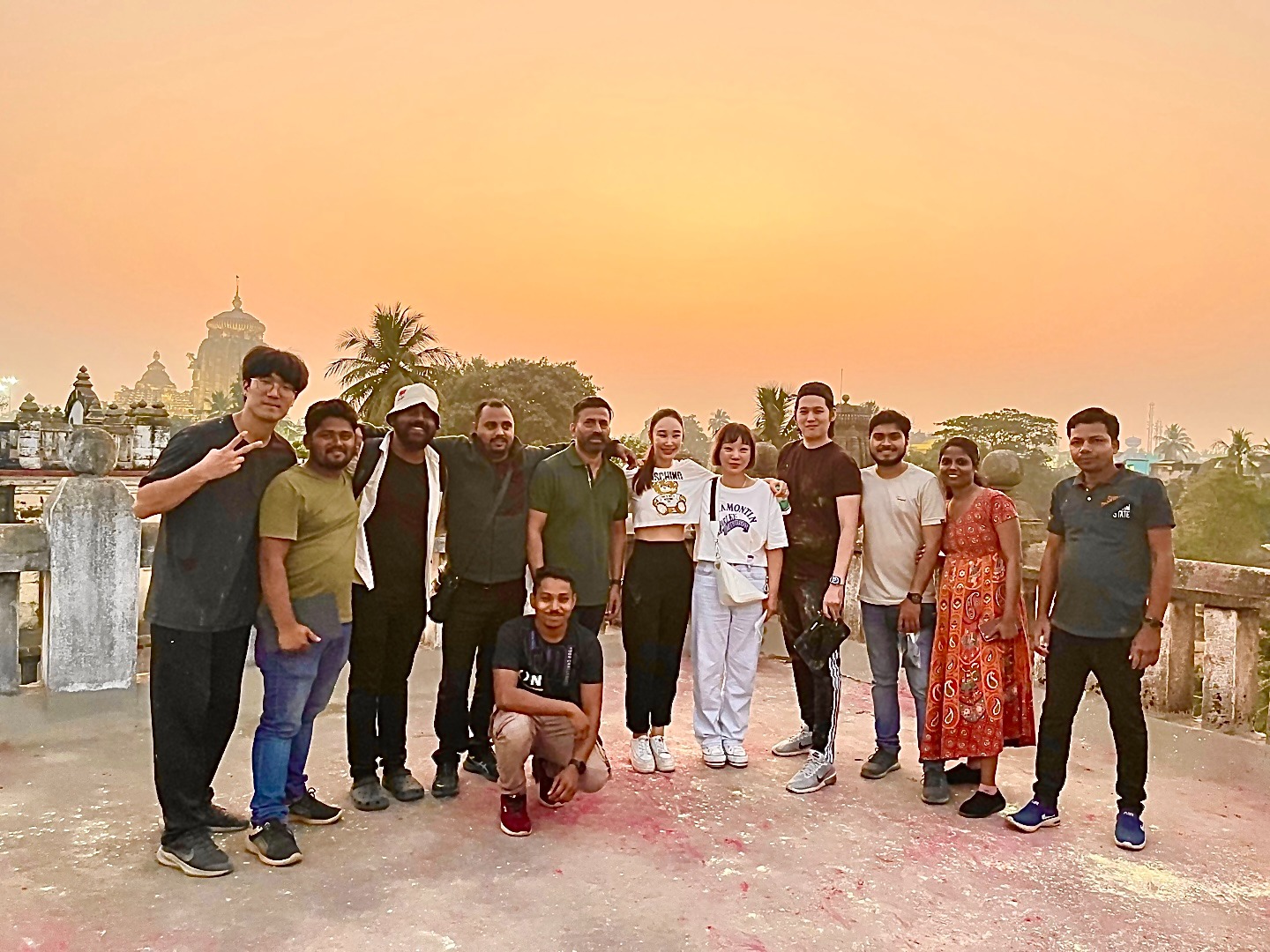
Filming vivid colours of Bhubaneswar with ...
13 Apr 2023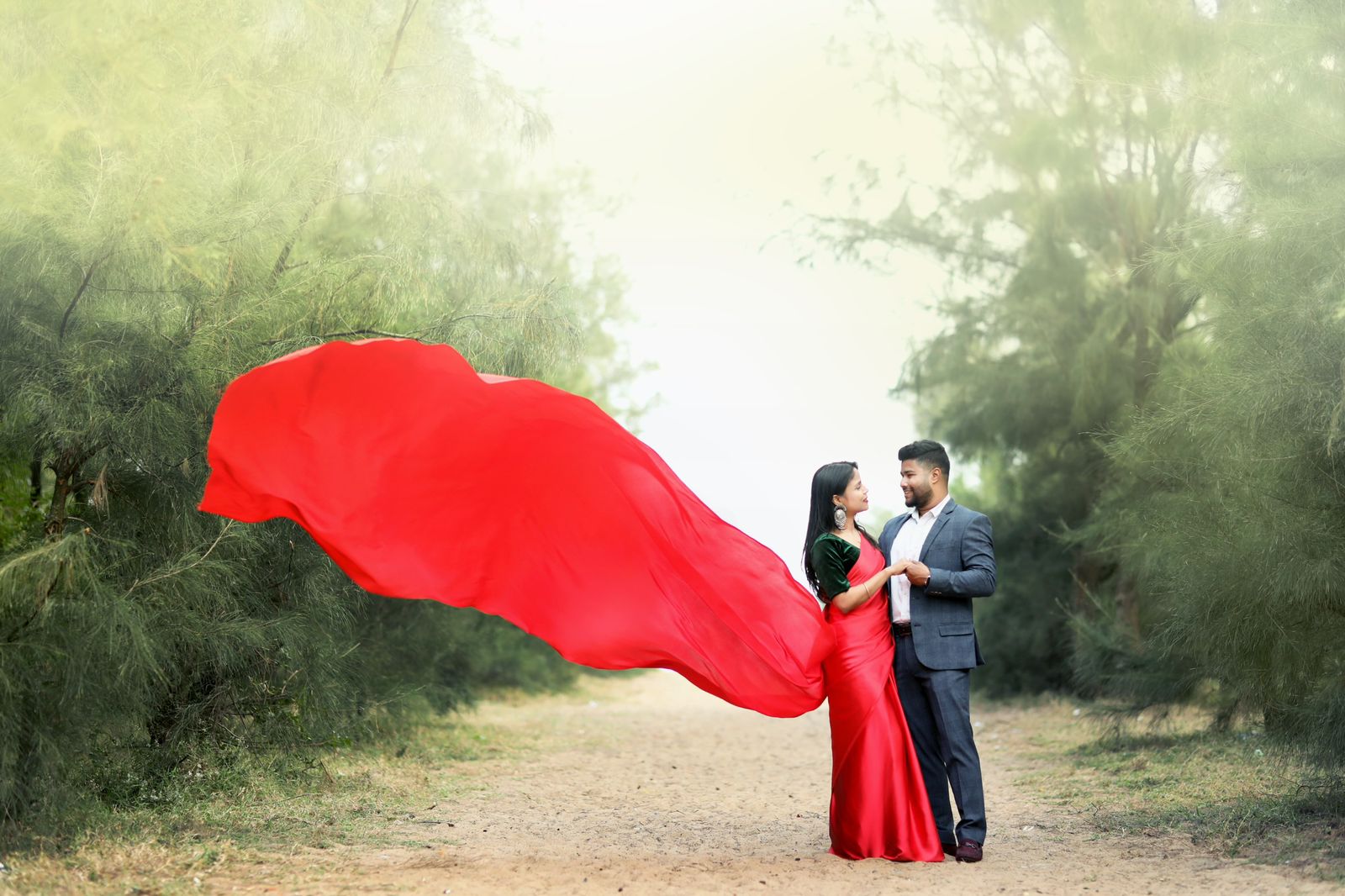
Spellbound Odisha a picture perfect ...
03 Feb 2023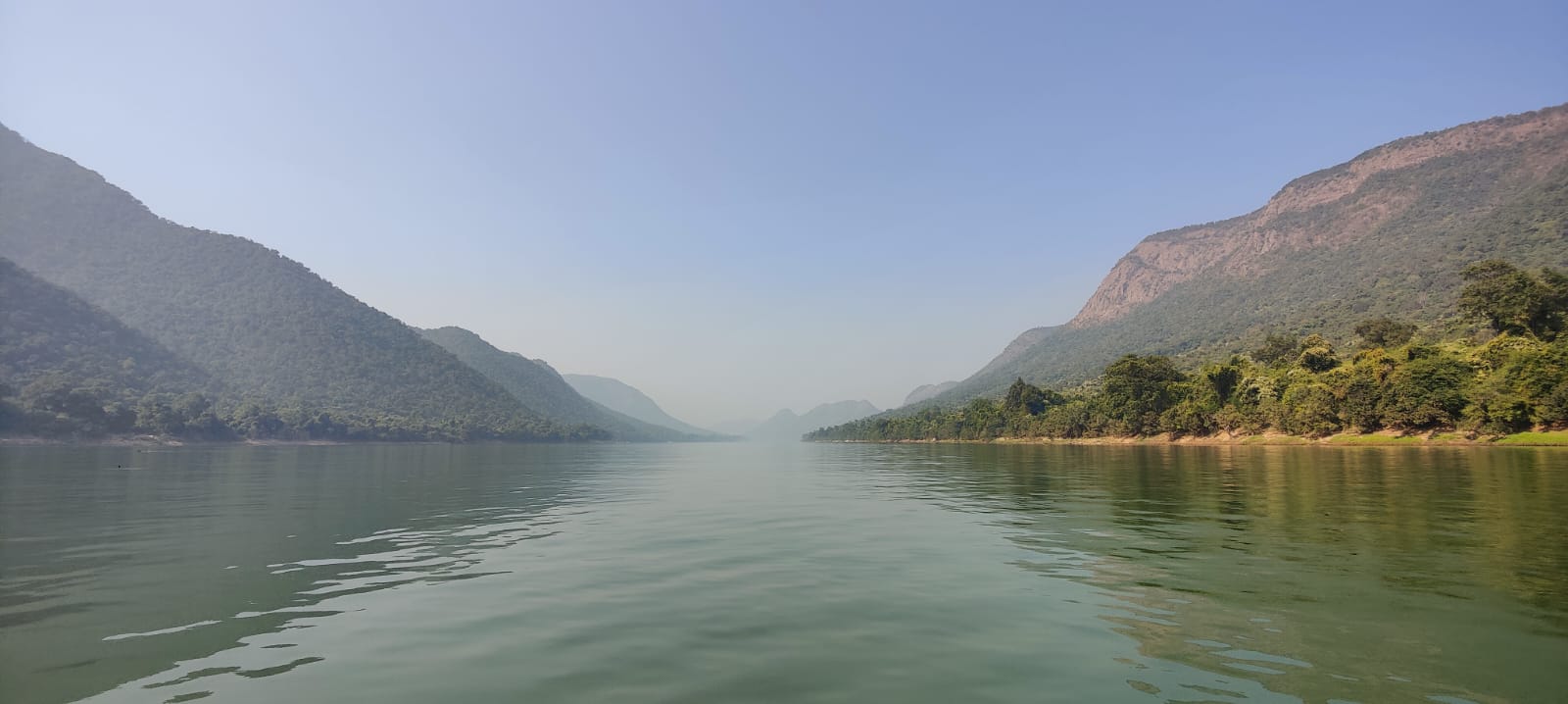
Satkosia a Nature’s Treasure Trove
03 Feb 2023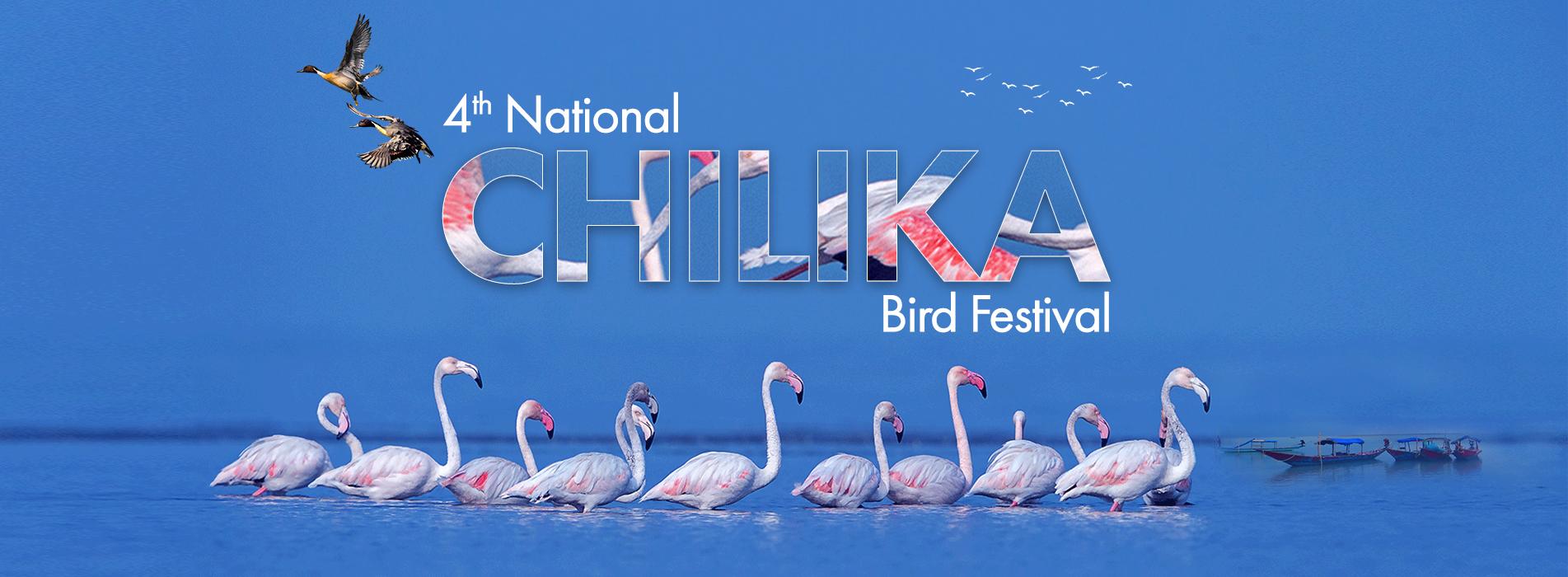
Odisha Wildlife in 4K
02 Jan 2023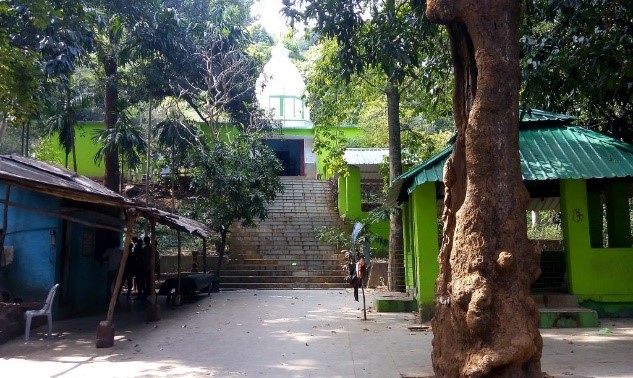
SAPTASAJYA-A Heavenly Tourist Destination
10 Oct 2022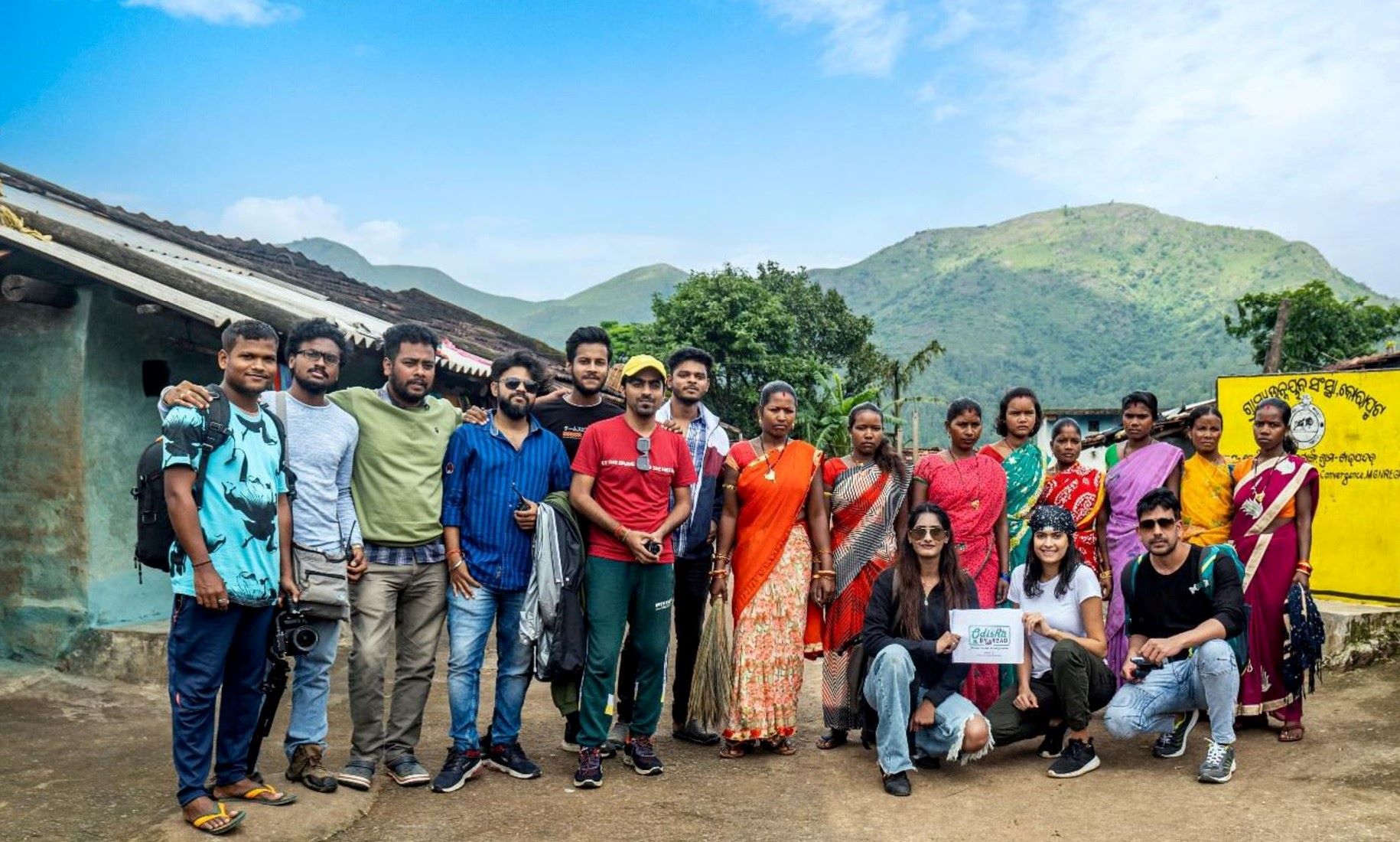
ODISHA BY ROAD 3.0-BEHIND THE SCENES
10 Oct 2022
Comments